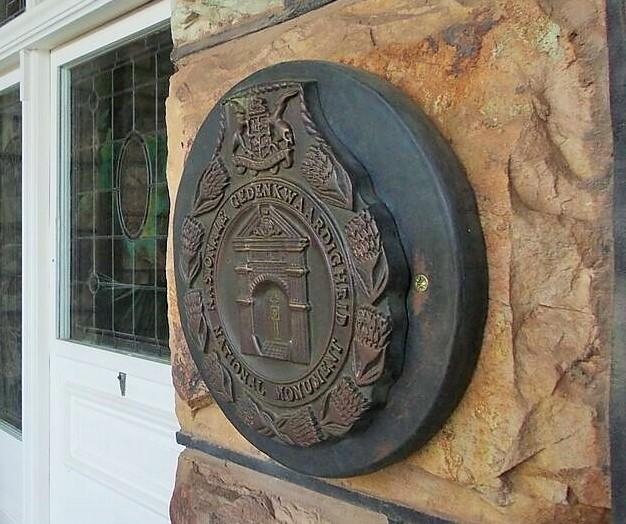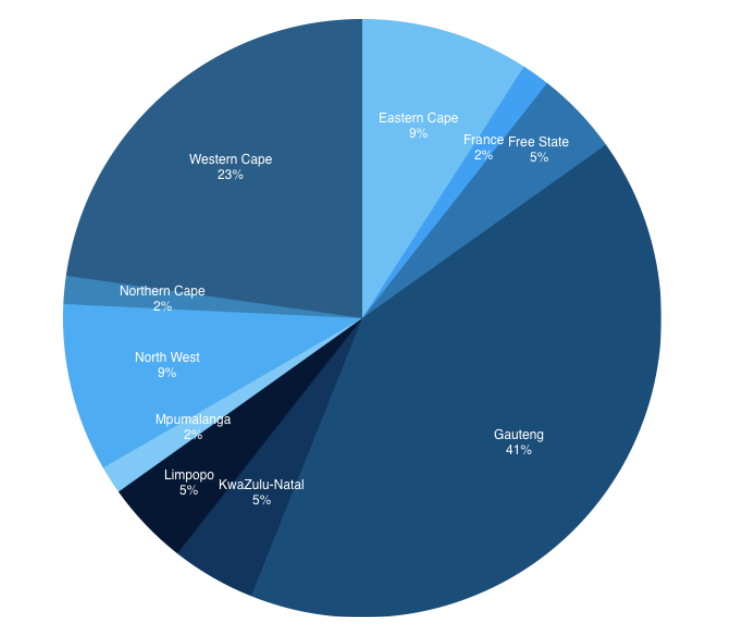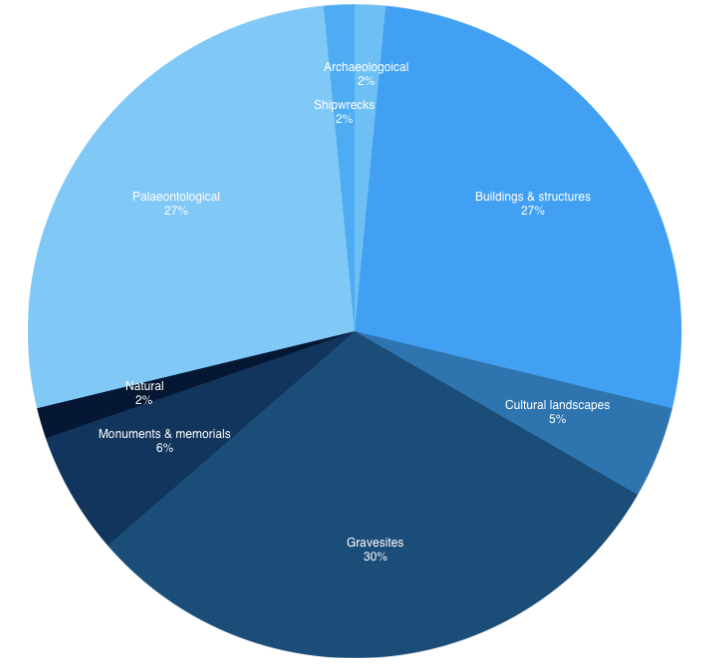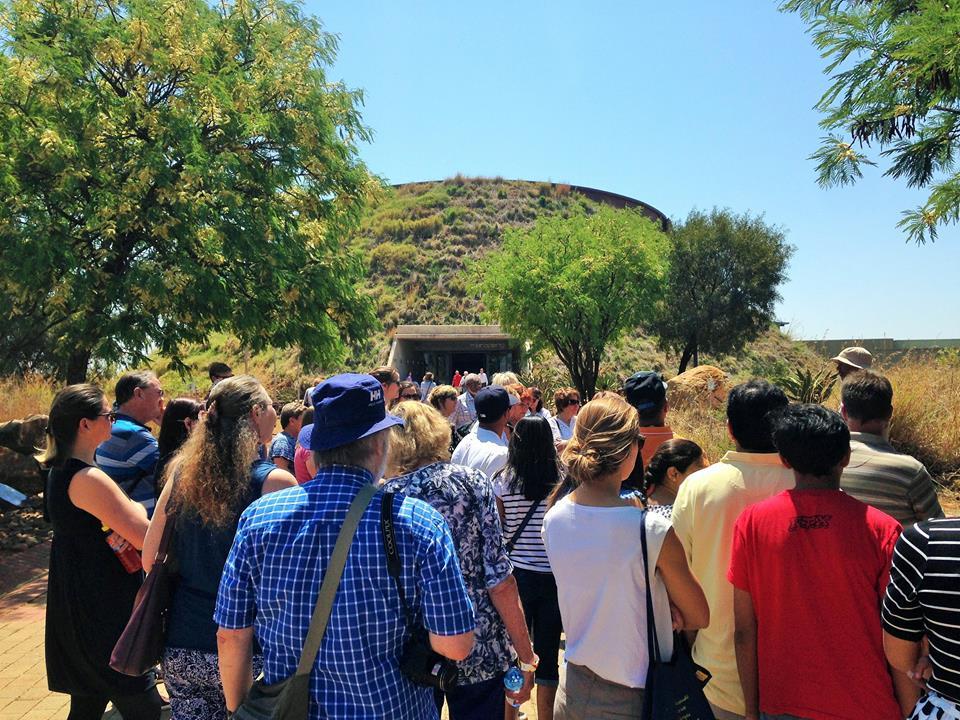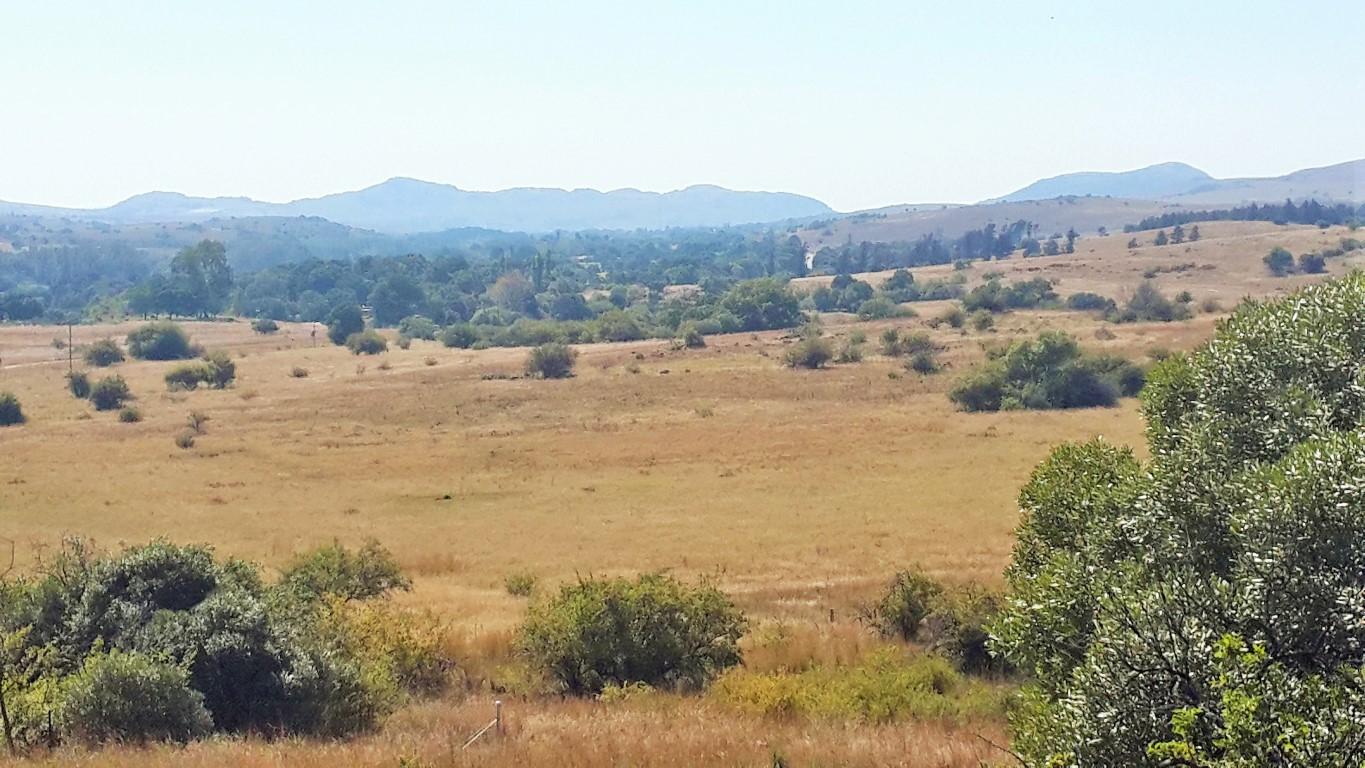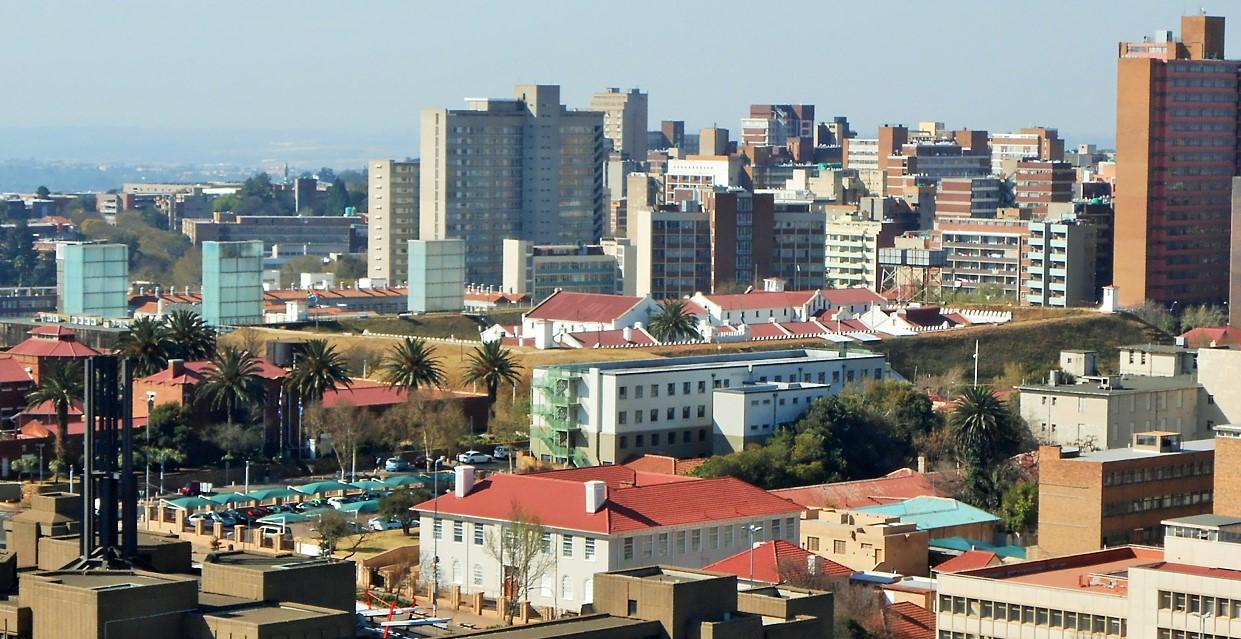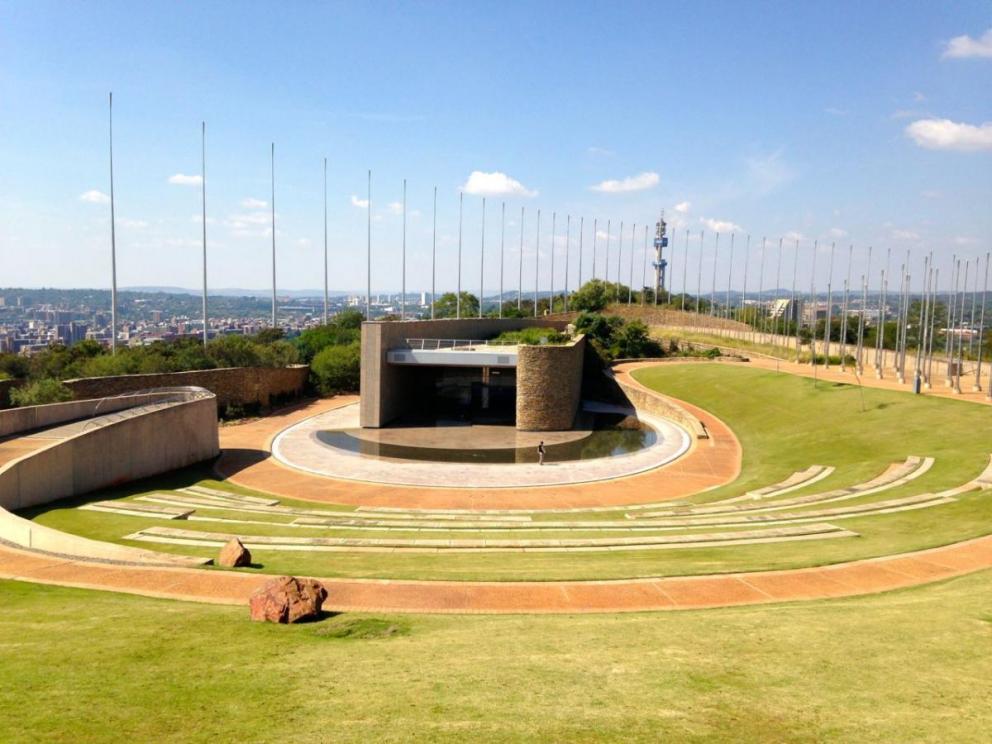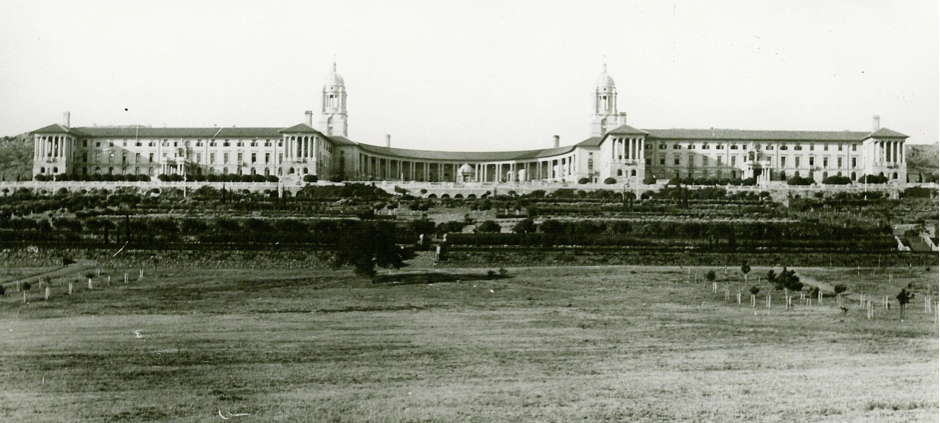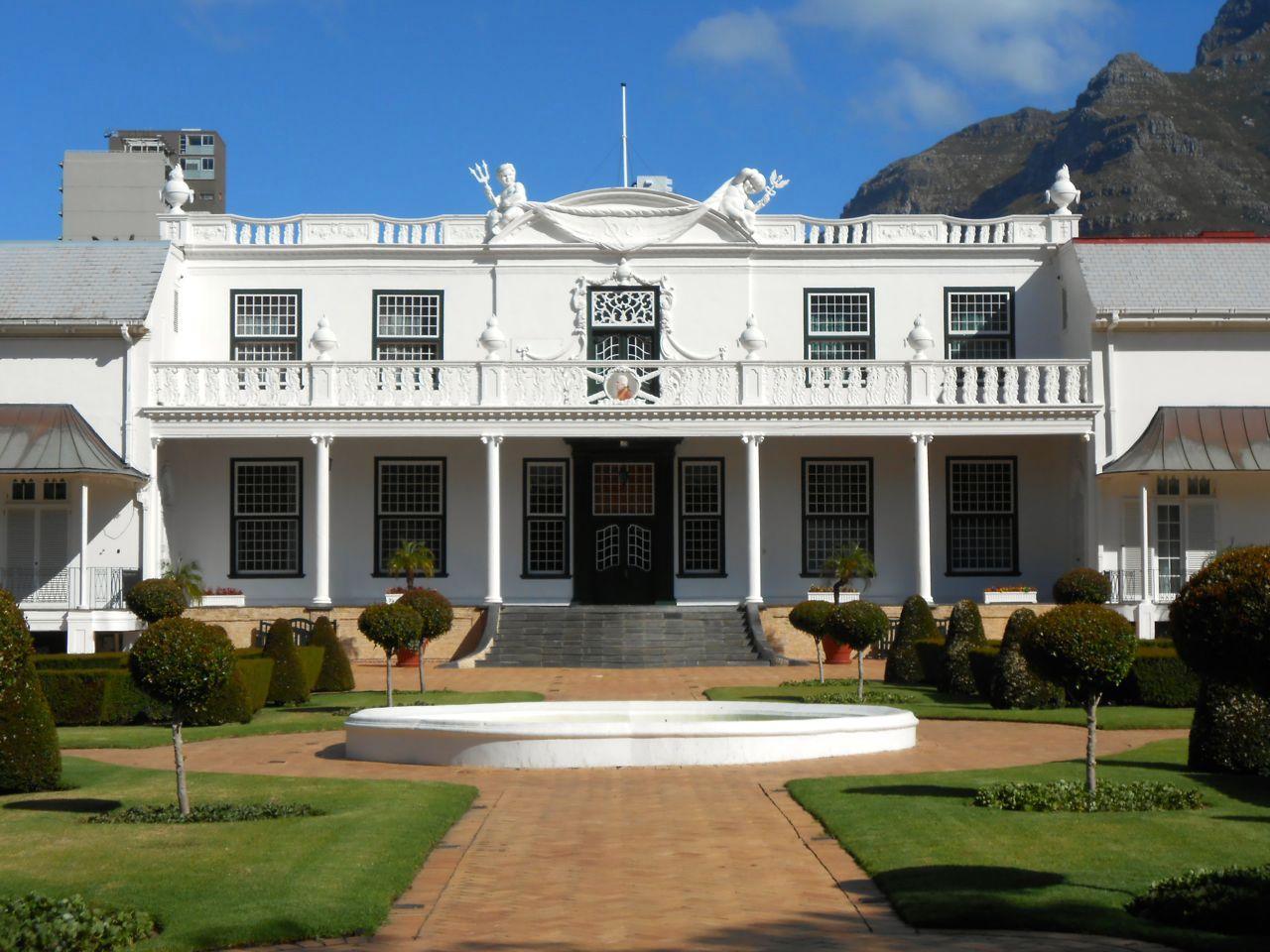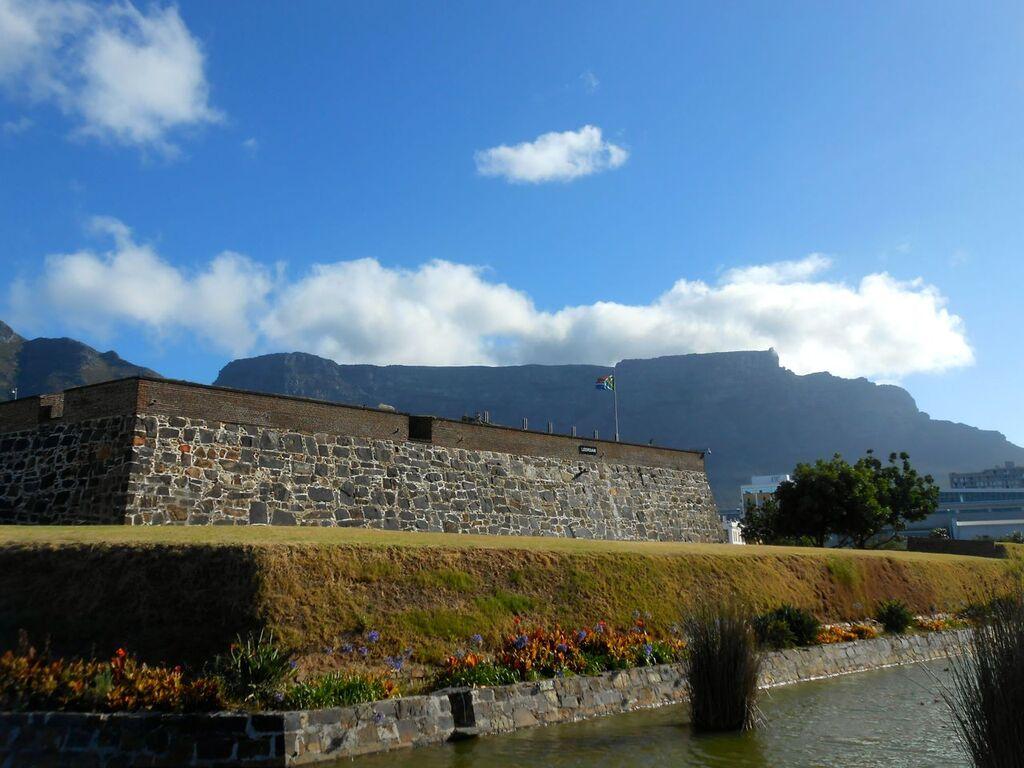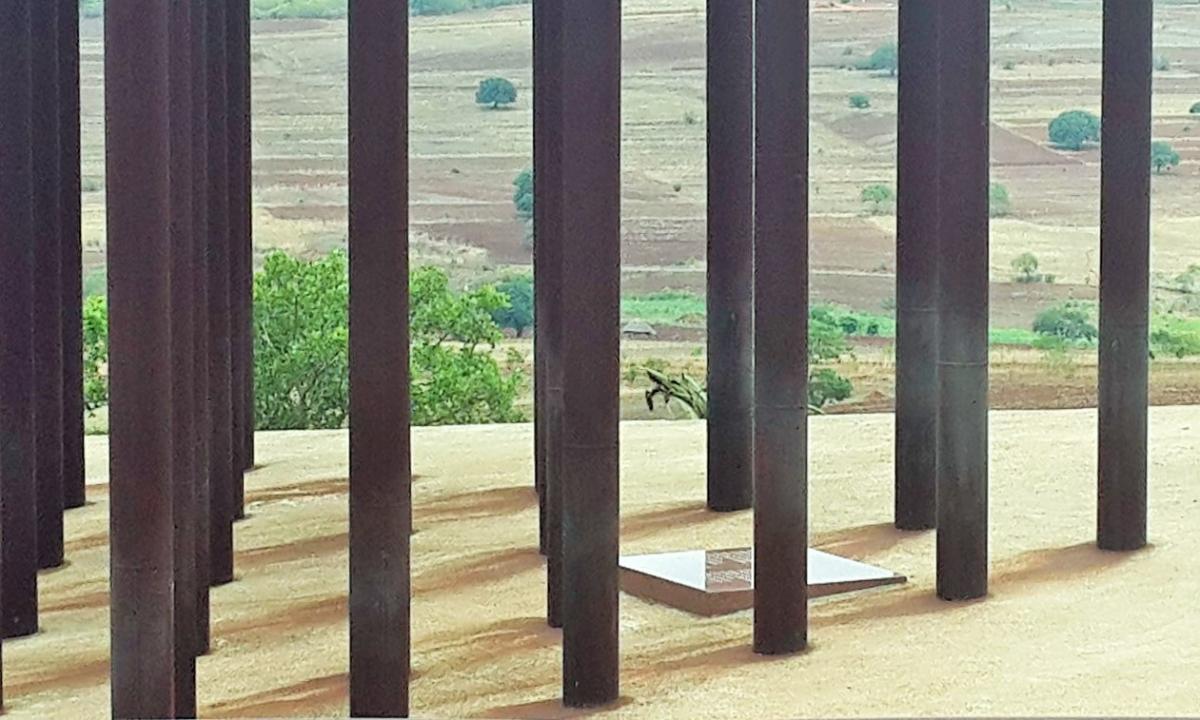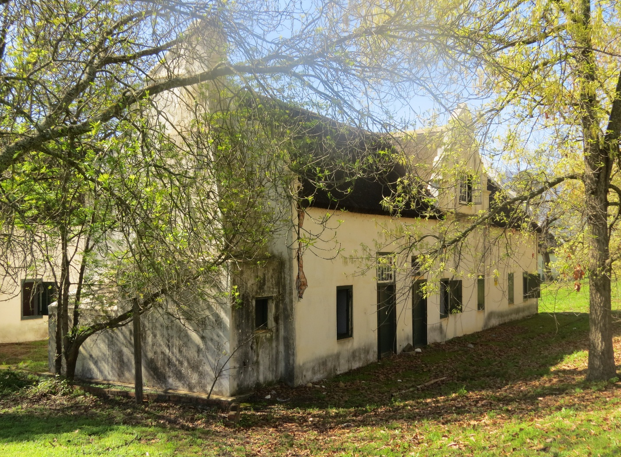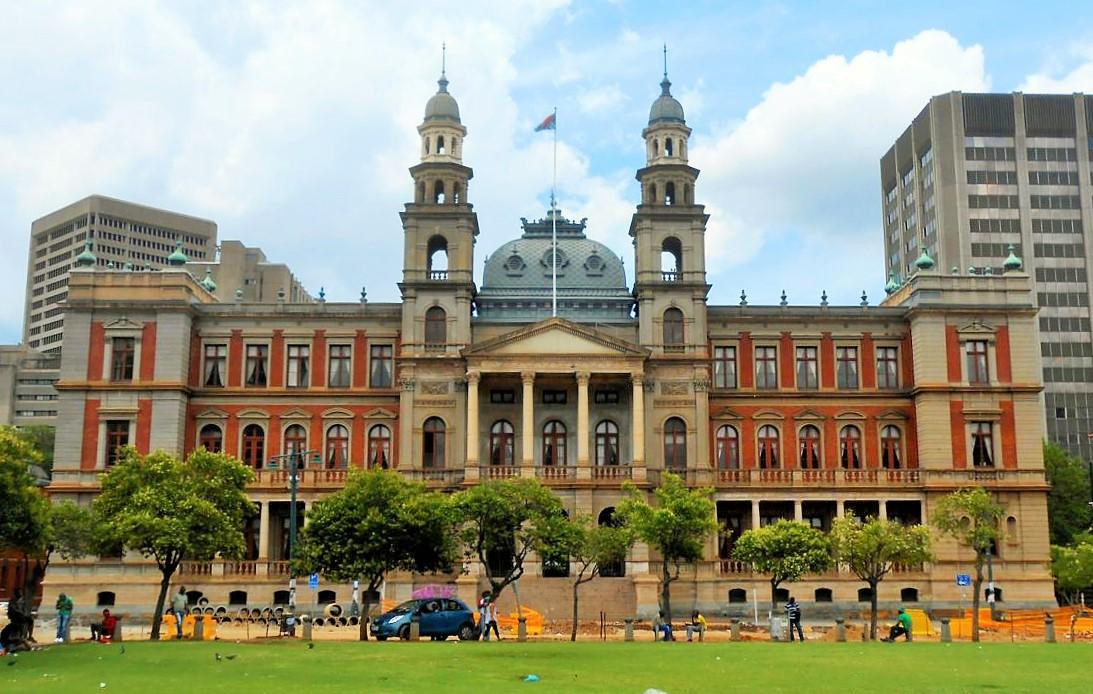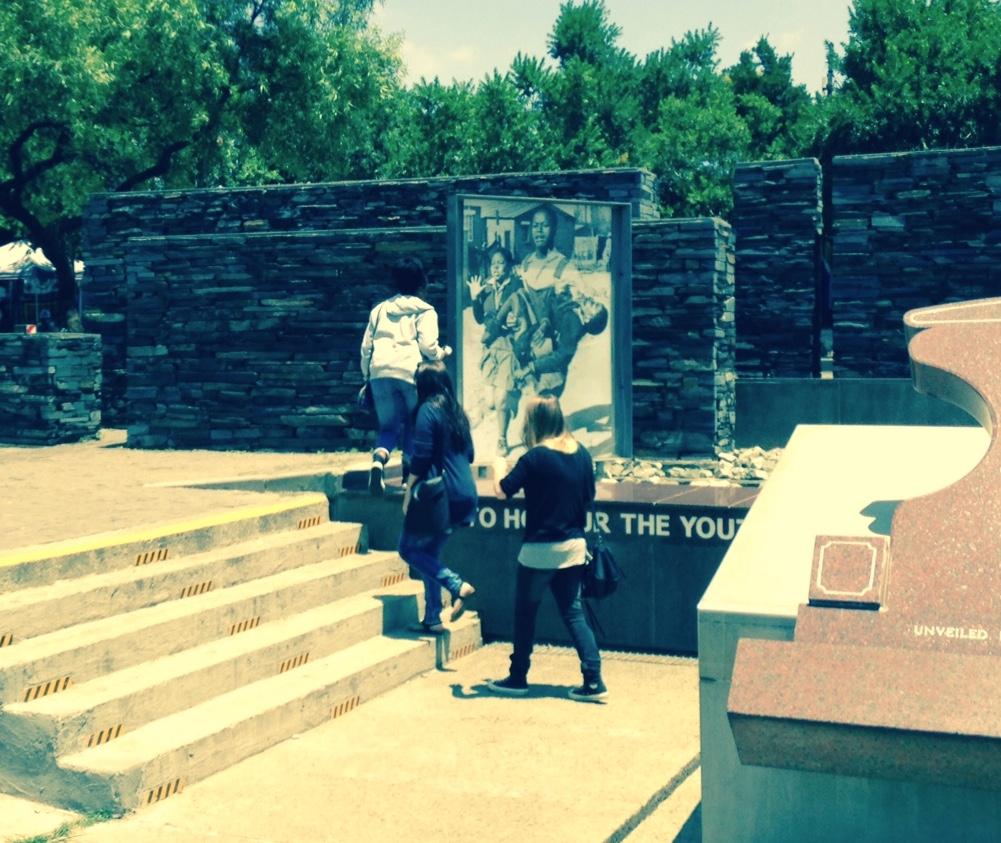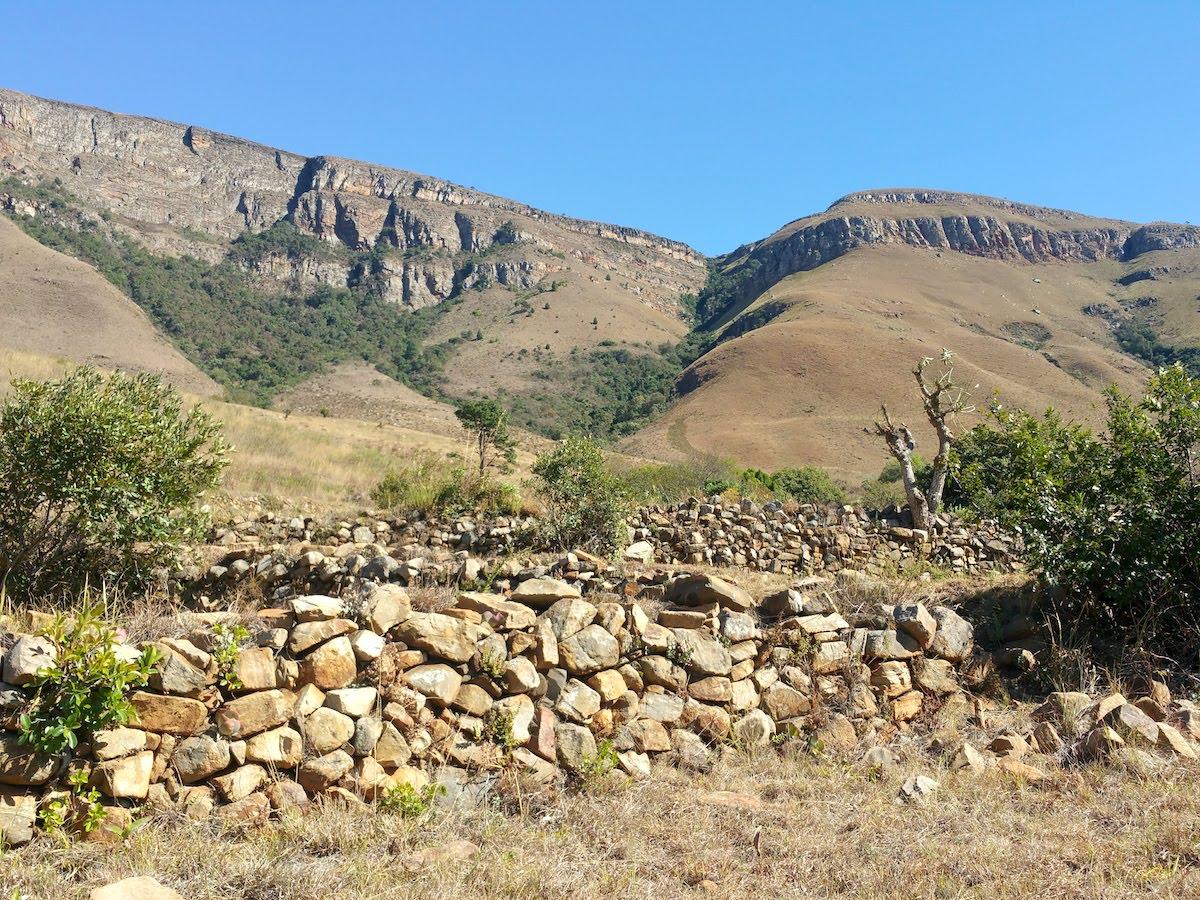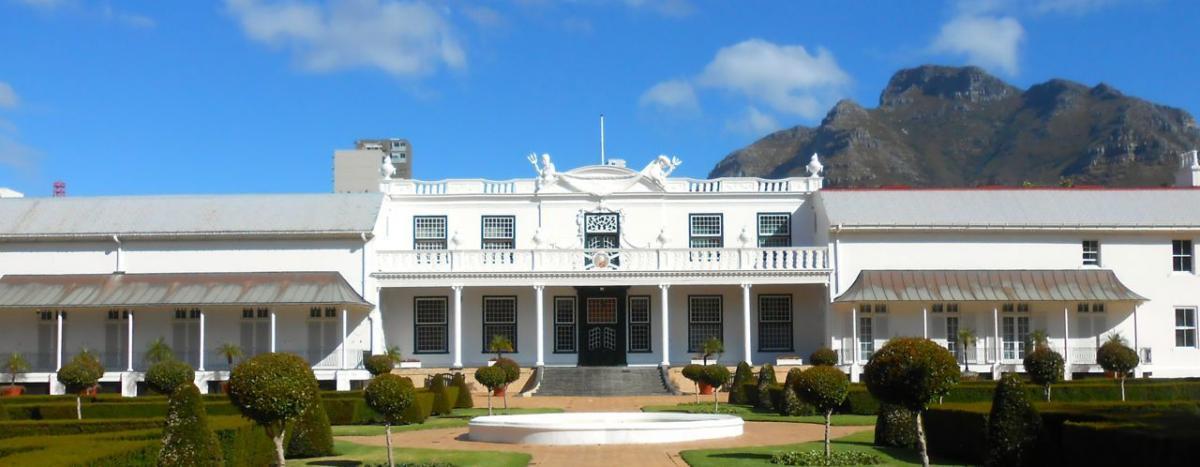
Disclaimer: Any views expressed by individuals and organisations are their own and do not in any way represent the views of The Heritage Portal. If you find any mistakes or historical inaccuracies, please contact the editor.
The house of reclusive artist Helen Martins, graves of 20th century political activists, the hilltop kingdom of Mapungubwe, fossil sites associated with human evolution and the emergence of modern man, Robben Island and historic wine farms. These are but some of the nearly seventy sites that mirror South Africa as a nation. The sites constitute the apex of the national estate – heritage sites that are so exceptional that they are of special national significance.
Prior to 2000, the National Monuments Council was responsible for the identification and declaration of national monuments. By 1994 South Africa had an estimated 4,000 national monuments of which 98% represented colonial and settler history. The National Heritage Resources Act changed this significantly by creating a three-tier system whereby all former monuments were automatically included on provincial and local heritage registers (some have since been regraded). In addition, the South African Heritage Resources Agency (which replaced the National Monuments Council) was tasked with the identification, grading and declaration of grade I heritage sites. (With Provincial Heritage Resources Authorities and local authorities being tasked with the identification, grading and declaration of grade II (provincial) and grade III (local) sites).
An example of an old National Monuments Council plaque (The Heritage Portal)
For heritage month, the Heritage Monitoring Project analysed data sourced from the South African Heritage Resources Agency (SAHRA) to compile a list of grade I, national heritage sites. The list gives insight into who we are as a nation and what has been deemed nationally significant since the National Heritage Resources Act came into effect nearly twenty years ago. So what does the list, as it stands in 2018, tell us about our nation? And what is the state of conservation of these sites? Using our crystal ball gazing skills, we also look at likely candidates for future declaration. In future we also hope to report on the situation in respect of provincial grade II heritage sites.
Geographic spread: Gauteng and the Western Cape account for over 60% of sites
Gauteng accounts for over 40% of sites. While this is a disproportionate number of sites concentrated in the country’s smallest province, it should be kept in mind that the fossil sites of the Cradle of Humankind World Heritage Site represent 41% of Gauteng’s sites. Graves of struggle heroes also account for a high number of the province’s share of sites (at 37%). The Western Cape has 15 sites (or 23% of national share). A quarter of these sites are historic wine farms and cultural landscapes of the winelands. These two urban provinces account for over 60% of national sites. They’re followed by the Eastern Cape and North West. In the case of the latter province half of the sites are fossil sites. The Free State, KwaZulu-Natal and Limpopo have three sites each, while Mpumalanga and the Northern Cape have one site each. The South African National Memorial at Delville Wood in France is the country’s only national heritage site outside of the borders of the country.
The below graphic gives a breakdown of the provincial share of national sites.
Fig. 1 Provincial distribution of sites. Source: The Heritage Monitoring Project.
Gravesites, fossil sites and buildings dominate
Gravesites of liberation heroes, fossil sites and structures and buildings dominate the list of grade I sites. In fact, these account for 84% of all sites. At the bottom end of the list, natural sites, shipwrecks and archaeological sites each have only one site represented. (Note: the archaeological sites of Mapungubwe and Kaditshwene have been included as ‘cultural landscapes’ following SAHRA’s terminology).
Fig. 2. Sites by categories. Source: The Heritage Monitoring Project.
Fossil sites of South Africa
South Africa’s position as a global fossil ‘hotspot’ finds strong expression with 18 fossil sites representing 27% of all sites on the list. While the country does not boast the oldest fossils, our fossil record is considered to be the most comprehensive. Included on the national list are all the main fossil sites of the Cradle of Humankind World Heritage Site, the Makapan Valley, the Taung fossil site, Wonderwerk Cave, the West Coast Fossil Park and Klasies River Caves.
The Cradle of Humankind Visitor Centre Maropeng (The Heritage Portal)
Cradle of Humankind Landscape (The Heritage Portal)
Cultural landscapes: Kingdoms and vineyards
Mapungubwe was rediscovered in 1932. However, apartheid ideology meant that the site only rose to prominence in the post-1994 period. One of a sequence of so-called gold kingdoms linked to the Great Zimbabwe culture, Mapungubwe developed into the largest kingdom on the sub-continent before being abandoned in the 14th century. What remains are the almost untouched remnants of the palace sites and surrounding settlement as well as two earlier capital sites. Mapungubwe was declared a national heritage site in 2002 – South Africa’s first – and a UNESCO world heritage site in 2003.
Another pre-colonial iron-age site, Kaditshwene Cultural Landscape, was declared in 2011. Kaditshwene was once the capital of the Bahurutse nation and the largest BaTswana settlement in Southern Africa with an estimated peak population of between 16,000 and 20,000 people. Other cultural landscapes on the list include the Cape Winelands incorporating the Dwars River Valley, Ida’s Valley and Simondium - Groot Drakenstein.
Struggle heroes & liberation heritage
20th century history looms large on the list. Sites associated with the struggle include Robben Island (declared in 2006), the ‘Madiba house’ at Victor Verster prison, Liliesleaf farm, the Sharpeville massacre site, Constitution Hill precinct, Freedom Park and the Wesleyan Church at Waaihoek where the ANC was founded.
Liliesleaf from above (The Heritage Portal)
Constitution Hill precinct (The Heritage Portal)
Freedom Park Amphitheatre (The Heritage Portal)
Twenty sites are gravesites of liberation leaders representing 30% of all national sites. The list includes five treason trialists, three Rivonia trialists, seven former presidents of the ANC, three senior leaders of the SACP, the founder of the Bantu Women’s League (later the ANC Women’s League), a former president of the ANC Women’s League, one Nobel laureate, founder of the PAC and founder of the Black People’s Convention.
Structures and buildings
While the list of the former national monuments of the old dispensation has been described as an architectural beauty pageant, the current national list tends to eschew structures and buildings that only demonstrates aesthetic qualities. Buildings of national significance on the list include the Voortrekker Monument, the Union Buildings, 120 Plein Street in Cape Town, the houses of parliament, Tuynhuys, the Castle of Good Hope, the University of Fort Hare, Constitution Hill precinct and Freedom Park. While most of these buildings and complexes are imposing edifices in their own right, they are also of immense political and symbolic importance. In the winelands, the farmsteads of Roggeland, Non Pareille and Goede Rust in Daljosafat and Boschendal Founders Estate feature.
Union Buildings circa 1920 (via ARRA)
Tuynhuys (The Heritage Portal)
The Castle (The Heritage Portal)
One site in particular stands out. This is the enigmatic house of outsider artist Helen Martins in Nieu-Bethesda. The Owl house (a recent addition) points to the neglect of artists in general. With the exception of the Martins house no houses of artists, writers (Sol Plaatje, Olive Schreiner, Nadine Gordimer come to mind), photographers or musicians feature. Given South Africa’s contribution to the world of arts – and the fact that we’ve already lost the Alexandra house of Mongane Wally Serote, the house of playwright Reza de Wet and so many other sites – these absences should shame SAHRA’s declarations committee.
Monuments and memorials
Monuments and memorials include the Sarah Baartman site, the site of President Samora Machel’s plane crash, the South African National Memorial at Delville Wood in France, the Mendi Memorial at UCT in Cape Town, the Sharpeville memorial and the Chris Hani memorial and walk of remembrance (It should be noted that public monuments and memorials are afforded statutory protection in terms of the NHRA as they are automatically included on provincial (or local) heritage registers without prior notice or assessment being required).
Samora Machel Monument (The Heritage Portal)
State of conservation
The Heritage Monitoring Project requested information from SAHRA on what reporting requirements owners of grade I heritage sites have to meet, whether state of conservation reports are obligatory and whether SAHRA conducts inspections. At the date of publication no response had been forthcoming.
However, we do know that state of conservation reports are periodically produced for UNESCO for world heritage sites. Reports have been prepared for Mapungubwe, the Cradle of Humankind and Robben Island. These reports are accessible on the UNESCO website.
National heritage sites that have been included on the World Monuments Watch include Wonderwerk Cave (2010 watchlist) after partial erosion and threats of imminent collapse in certain areas forced the cave to be closed to visitors.
Looking at Heritage Monitoring Project data, concerns have been raised about the state of conservation at Roggeland, Non Pareille and Goede Rust at Paarl. These properties are ironically owned by SAHRA and the Drakenstein municipality.
Non Pareille (Louis van der Walt)
Future growth
There is pressure on SAHRA to ensure that all of South Africa’s cultural world heritage sites (and even natural sites such as Vredefort Dome) are declared and protected as grade I sites. This also means that SAHRA must gazette sites on the country’s tentative world heritage list.
As the Pleistocene occupation sites of South Africa – Blombos, Border Cave, Diepkloof, Klasies River, Pinnacle Point and Sibudu Cave in particular – are on the country’s tentative world heritage site list, there is a strong case for the inclusion of these sites on the national list. Of these only Klasies River currently appears on the list of grade I heritage sites. The same holds true for other tentative sites including the Liberation Heritage Route and the Nelson Mandela Legacy Sites.
Likely future declarations therefore include Healdtown, Lovedale, St. Matthews Complex, the Nelson Mandela Capture Site, the Nelson Mandela Centre for Memory, the Palace of Justice, Vilakazi Street, Qunu, Mvezo, Mqekezweni, the Walter Sisulu Square of Dedication in Kliptown, the house of Robert Sobukwe in Galeshewe, the house of Steve Biko (together with the Zanempilo clinic in King William’s Town), the house of Chief Albert Luthuli (now a museum), the Hector Pieterson Memorial and the house of Sol Plaatje.
Palace of Justice (The Heritage Portal)
Hector Pieterson Memorial (The Heritage Portal)
It’s not just UNESCO putting pressure on SAHRA. Previous and current Ministers of Arts and Culture have also made commitments to the nation. In 2012 for example government announced that a number of sites were to be declared by SAHRA including the Rocklands Seven monument, the Gugulethu Seven monument, the Soweto house of Lillian Ngoyi and the sites of the 1913 revolt by women in the Free State and the 1957 anti-pass revolt by women in Zeerust. Other earmarked sites include Ngquza Hill massacre site, the Holy Cross mission church near Flagstaff (where Oliver Tambo attended school) and the house of Thomas Maphikela in Mangaung (Maphikela was a founding member of the ANC). Confusingly, then Minister of Arts & Culture, Paul Mashatile, stated in the same year that the houses of former ANC President Joseph Makgatho and activist Bram Fischer had been declared “as national heritage sites.” (As it stands, these sites have not been declared). Following the death of Winnie Madikizela-Mandela there have also been calls for the declaration of her Brandfort house of banishment. More recently, the Minister of Arts & Culture, Nathi Mthethwa has committed government to the declaration of the National Heritage Monument in Pretoria as a “national heroes acre”.
But there clearly are other pressures as well. SAHRA will need to address the geographic imbalance. This will not be an easy task. SAHRA itself has lamented the absence of information in respect of some provinces. Last year it reported that “[in] particular SAHRA has very little data pertaining to [heritage] resources in the Free State, Northern Cape and North West provinces”. However, there’ll be pressure from Limpopo as well. Then there is the imbalance in terms of the categories of heritage resources it identifies and declares. SAHRA will face pressure to ensure that the full diversity of heritage that constitutes the national estate is reflected on the list. Geological sites, archaeological sites, pre-colonial sites (including rock art sites), shipwrecks, natural sites, sites associated with the history of slavery and more, are at present underrepresented or not represented at all.
Bokoni Ruins on Verlorenkloof Farm Mpumalanga (The Heritage Portal)
SAHRA acting as a gatekeeper?
While the National Heritage Resources Act states that “Any person may submit a nomination to SAHRA for a place to be declared a national heritage site” as long as the site is of exceptional cultural significance, the requirements for preparing a nomination is onerous. In addition to an official nomination form being completed SAHRA also requires site boundaries, GPS coordinates, survey diagrams, certified copies of title deeds, details of the owners of the site, “contact details of all identified interested and affected parties” as well as a conservation management plan. Compiling this information requires not only extensive research but financial resources as well since conservation management plans have to be prepared by professionals. The result is that these requirements are not only onerous but effectively preclude under-resourced communities from preparing nominations. For example, an organisation wishing to nominate a group of buildings needs to not only prepare a nomination for each building but would need to compile a list of interested and affected parties including the names and contacts of neighbours (which can be near impossible if a building is surrounded by high-rise sectional title buildings). Each building would also require its own conservation management plan.
According to heritage activist Herbert Prins, “we have thus far tolerated a system whereby tasks - which by implication in the Act are duties of the authorities - are made the responsibility of interested and affected parties”.
Experts we spoke to also question the need for Conservation Management Plans as there is no indication that SAHRA monitors their enforcement. In some instances, there aren’t even local organisations in place to implement these plans and to do the follow-up monitoring and maintenance.
Conclusion
Gravesites of political activists and the fossil sites of South Africa dominate the list of national heritage sites. SAHRA’s declaration committee will be under pressure to address the current imbalance both in terms of geographic spread and thematic incompleteness. However, indications are that the declarations committee is under pressure to declare a significant number of Pleistocene sites as well as sites associated with liberation heritage. Meanwhile, activists question the nomination requirements set by SAHRA and describe these measures as gatekeeping on the side of the agency. Many also point out to the fact that it is relatively easy to declare a grade I site. The challenge is who monitors and maintains the site once the declaration has been made.
The Heritage Monitoring Project will continue to track and report on grade I nominations.
Note from editor: SAHRA was approached for comment. At the time of publication no response had been received.
Comments will load below. If for any reason none appear click here for some troubleshooting tips. If you would like to post a comment and need instructions click here.

